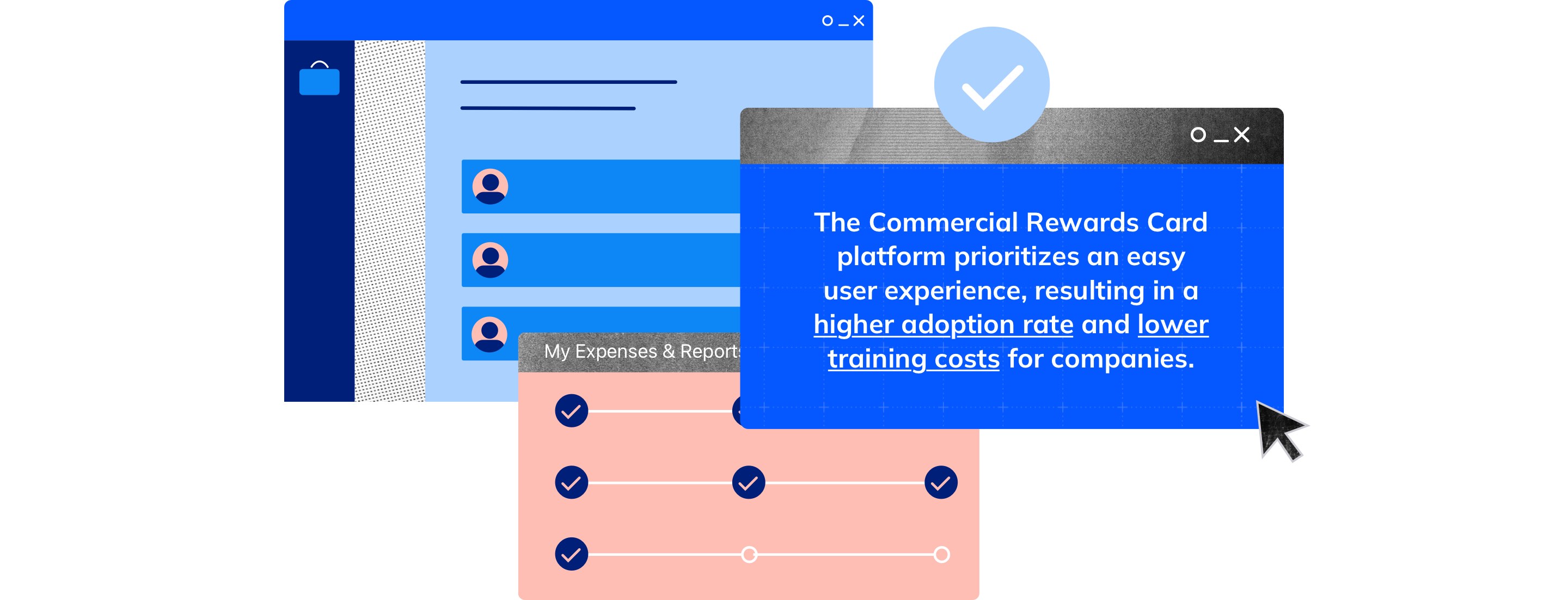Cost Savings and a More Productive Team—Two Reasons to Automate Expense Reports
Manually chasing receipts is draining for finance teams, and costly for companies.
Companies of all sizes now have access to a wealth of digital tools: content management systems, customer relationship management software, enterprise resource planning—there is virtually no business function that hasn’t been digitalized. Organizations are using more software-as-a-service (SaaS) apps than ever: In 2022, businesses used an average of 130 SaaS applications, setting a new record, according to BetterCloud.
Although companies have access to numerous digital tools, employees still encounter obstacles in their work due to the absence of automation, such as the need to manually transfer data between platforms. Manual processes are time-consuming and prone to errors, and can lead to reduced profitability and impaired decision-making, ultimately impacting growth.
Corynn Cooper, senior product manager at U.S. Bank, says this inefficiency is especially felt at midsize enterprises, where employees are more likely to wear multiple hats and use multiple platforms. What’s worse, those platforms are often outdated and unable to meet the company’s needs as it scales. Cooper advises that organizations adapt their processes to fit the size and scope of their business.
“If you’re trying to run small-business processes on a corporate or middle-market scale, you’re preventing your employees from running their operations effectively and building strong customer relationships necessary for growth,” she says.
The high costs of manual expense management
One critical area where companies can improve their efficiency is in tracking and monitoring expenses. This task can be tedious for managers and employees who need to file expense reports. By automating this process, companies can save time and reduce errors, ultimately improving profitability and decision-making.

Managing expenses not only claims a lot of employee hours, but also can be quite costly. According to the Global Business Travel Association, it takes an employee an average of 20 minutes to manually complete an expense report, which costs an average of $58 per report to process.
However, if the expense report contains errors or is missing information, which occurs in about 19% of reports, it can take an additional 18 minutes and $52 to correct it. When multiplied by the number of reports submitted, the costs of manual expense reporting quickly add up.
Reviewing expense reports after the fact also makes it difficult to catch purchases that violate company policies, which can cost up to 2.5% of company revenue, according to the American Productivity & Quality Center. Manual expense reporting can lead to employee dissatisfaction due to delays in reimbursement and the time-consuming nature of the process. Manual expense reporting is also more vulnerable to fraud, which can result in significant financial losses.
Taking a proactive approach to expense management
U.S. Bank helps businesses reduce the costs and time spent on expense reporting with the new U.S. Bank Commercial Rewards Card, a commercial card program backed by an all-in-one card, expense and travel management platform powered by TravelBank.
This platform automates and streamlines expense management processes, provides a centralized location to view expenses and integrates with other key business platforms to remove data silos.
With the Commercial Rewards Card, companies can integrate their purchasing and expense policies into the platform, set spending limits and restrict merchant category codes to ensure that employees only make approved purchases. This proactive approach helps companies avoid unexpected expenses and ensures adherence to policies.

The Commercial Rewards Card platform also prioritizes an easy user experience, resulting in a higher adoption rate and lower training costs for companies.
“No one likes filing expense reports, but if you ensure the experience isn’t difficult or painful, you make it easy for employees to adopt and use,” says Cooper.
Putting people before process
As digital tools continue to become more prevalent in the workplace, it’s important for companies to consider whether these tools are actually making their employees’ jobs easier.
According to Pega’s 2022 Workforce Trends Report, 42% of workers feel that digital transformation efforts have made their jobs more complex.
To ensure that new tools are effective, Cooper advises enterprises to consider metrics like the amount of employee training required and whether the features offered will bring value to day-to-day tasks.
U.S. Bank prioritized making the Commercial Rewards Card platform easy for employees to use by designing the interface to resemble familiar consumer products. This approach increases adoption rates and reduces training costs.
“You’re going to need buy-in from employees for whatever process, software or solution you put in place, so you need to think about how it’s going to affect them,” says Cooper.
Ultimately, companies need to consider how new tools will affect employees, and ensure that they are intuitive and efficient to use.
Learn more about the benefits that the U.S. Bank Commercial Rewards Card can bring your company.
